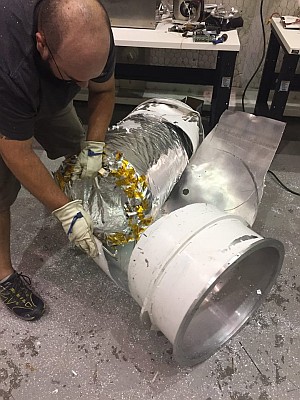News Archive
-
August 5 2017
First images of the BETTII remains after the free-fall accident
Palestine, Texas.- A few days ago, on the same facebook page where we learned about the unfortunated accident suffered by the Balloon Experimental Twin Telescope for Infrared Interferometry (BETTII) past June, were published the first public images of the debris of the instrument after experiencing a free-fall from an altitude of 135.000 ft.
The images show nothing more than a pile of tubes, electronics, and bend metal parts of the instrument.
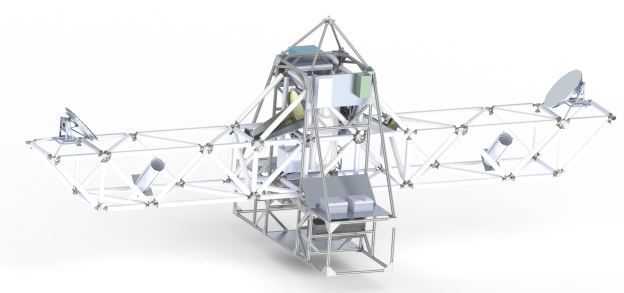
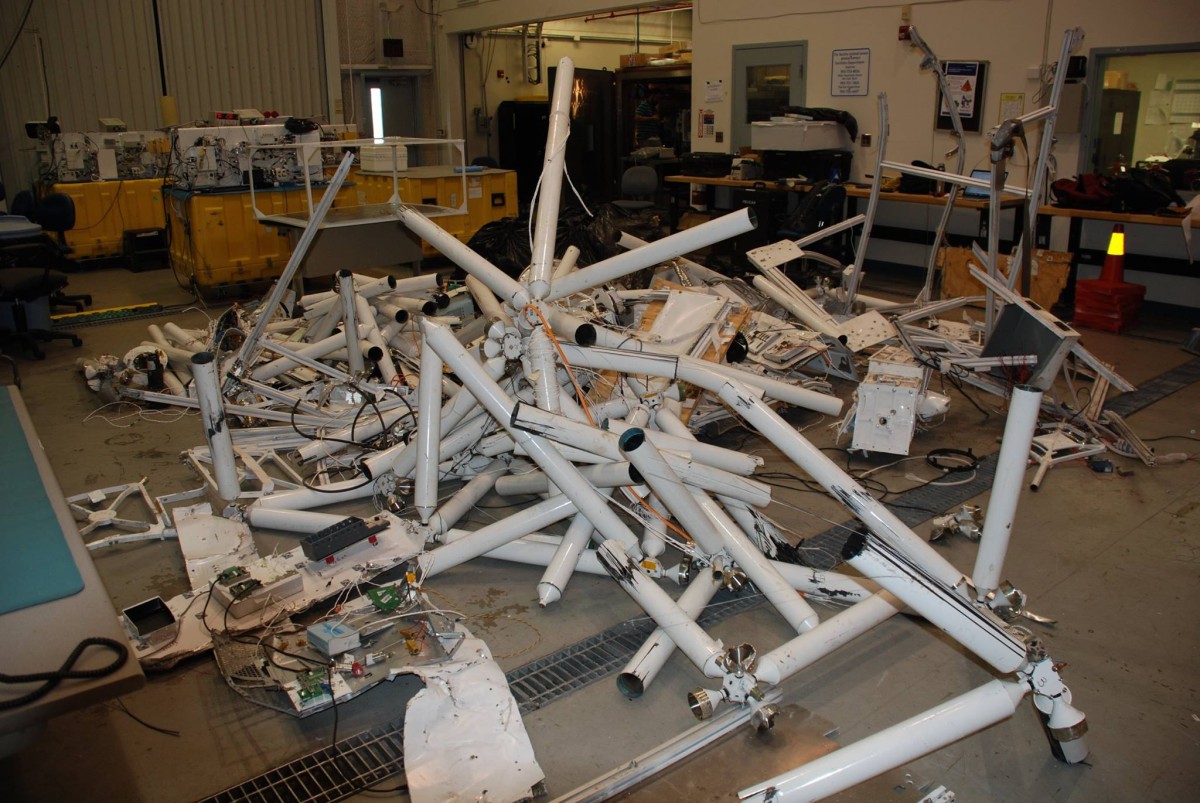
BETTII was an experiment designed and built at NASA's Goddard Space Flight Center, in collaboration with the University of Maryland, Johns Hopkins University, Cardiff University, and University College London, and also counting with the assistance of the Far-Infrared Telescope Experiment team from Japan. The instrument was meant to explore a region of the electromagnetic spectrum, the far-infrared (FIR), using a technology called interferometry that allows a sharper, and more detailed view of star formation, galaxy evolution, and the formation of planetary systems around other stars.
Interferometry is one of the most difficult and precise observing techniques in all of astronomy, as it uses the wavelike nature of electromagnetic radiation to constructively combine light from the same astronomical source. This allows astronomers to mimic the resolution and imaging capability of a much larger telescope.
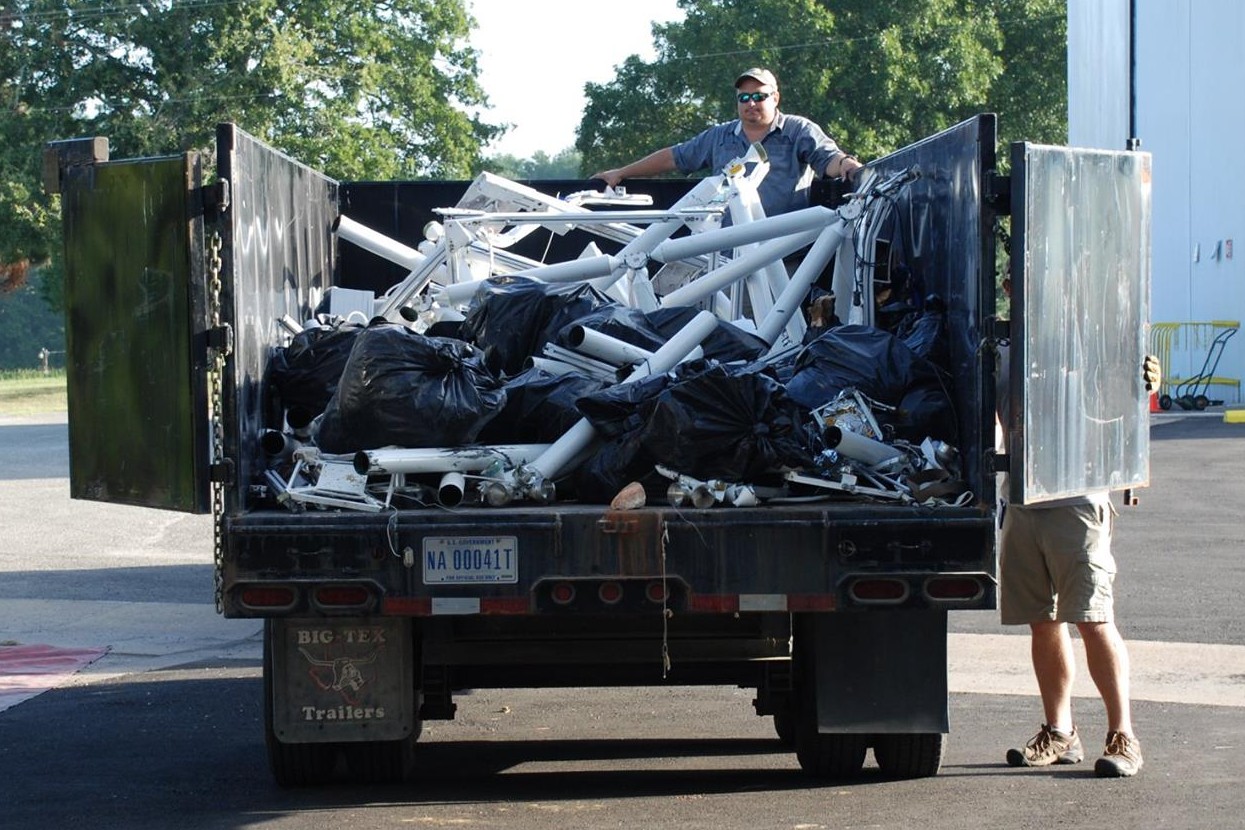
BETTII was launched from the Columbia Scientific Balloon Facility (CSBF), the NASA balloon base located in the outskirts of the city of Palestine, Texas, on June 9. The mission was carried out without trouble, but at the end of the flight, when the payload was separated from the balloon following the standard procedure, the instrument detached from the parachute and free fell from an altitude of 135.000 feet, impacting the ground a few minutes later in the side of a hill northeast of Sterling City, Texas.
I've published a more detailed account of the incident in a previous entry
As the NASA investigation on the incident is still underway, the BETTII team published no word on the possible cause of the incident.
According to the entry, there were not much recovered from the impact site, althought some key elements could be used to rebuild the instrument.
Right after the incident, NASA halted the balloon launch campaign being carried out at Palestine during four weeks. This affected the missions planned for the other two instruments waiting for launch: PIPER (Primordial Inflation Polarization Explorer) a balloon-borne telescope designed to measure the polarization of the Cosmic Microwave Background (CMB) on large angular scales developed at the Astrophysics Science Division of NASA's Goddard Space Flight Center and SuperBIT (Super-pressure Balloon-borne Imaging Telescope) a wide-field astronomical telescope operating in the visible-to-near-UV bands developed by the University of Toronto.
Neither group mentioned nothing in their public websites or social media about what happened whith BETTII, probably following advice from NASA to avoid more attention on the incident, which so far passed unnoticed for mainstream media.
Nevertheless, the incident seriously affected the normal development of the campaign.
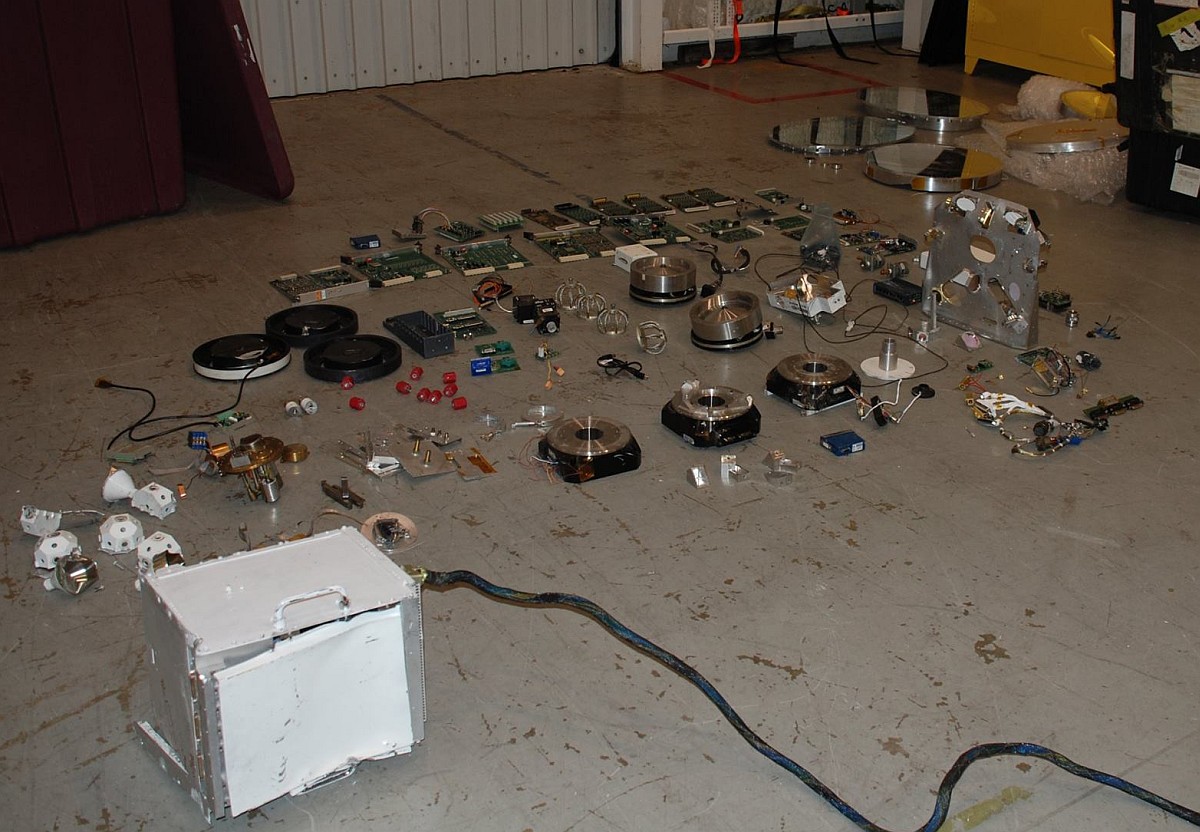
Althought the results of the investigation where not disclosed yet and NASA made no public mention of the resumption of the launch campaign, several launch attempts were made for Super-BIT starting on July 6th, but all of them unsuccesful due to meteorological issues.
As far as I know, at the time to write this, althought unoficially the summer launch campaign was called-off.
At the moment the only activity at Palestine, it's being carried out by a team of the Department of Physics of the Washington University whom are preparing the Super-TIGER cosmic ray detector to be flown on the 2017/2018 NASA Antarctic balloon launch campaign.
Unfortunately, the other team that would take part of it with its instrument the BLAST-TNG telecope suffered an accident with their cryostat in the laboratory three weeks before going for final integration at Palestine, and the rebuild will left them out of the ice for this year.
Hopefully, nobody was hurt in the incident.
-
Share this on social media

